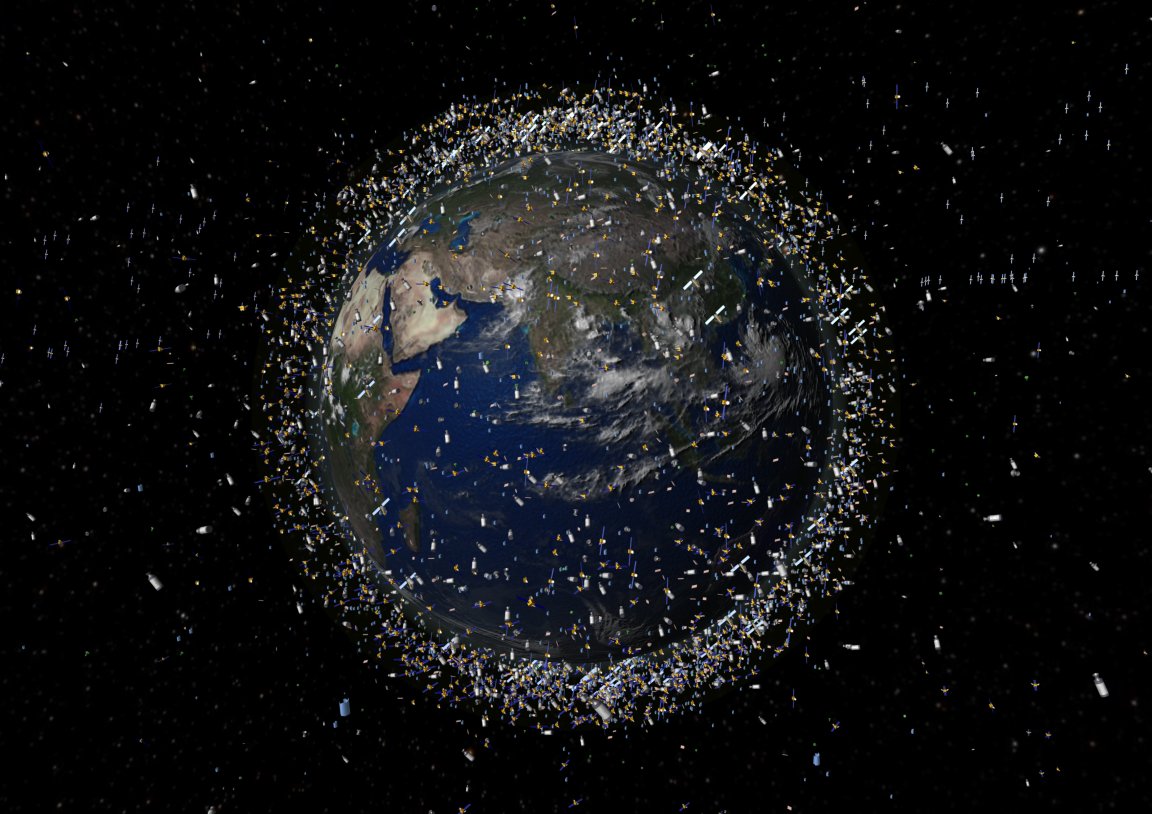
A war in space is closer than you would think.
The tension of spatial warfare has been building for some time now. China and Russia have long been testing anti-satellite weapons with no intention to stop, and just last month, diplomatic compromise between these power players regarding space tensions have failed once again.
The U.S. is not clean of avoiding the war either. The Obama administration has increased the funding for the U.S. space military by at least $5 billion, and even more concerning is the fact that their research focuses on “offensive space control and active defense strategies”.

The ASM-135 ASAT missile; Image via Wikipedia
Although each nation maintains their peaceful intentions, no country will sign a legally binding contract regarding space weapon research, and diplomatic efforts to solve the conflict have repeatedly failed. Last July at the UN, the European Union drafted a code of conduct for spacefaring nations, only to be met with opposition from Russia, China, and other countries. Russia and China have long been trying to push the U.S. into signing a contract to ban space weapons, but the U.S. has continuously rejected it as a “disingenuous nonstarter”.
The U.S. has been testing anti-satellite weaponry since the 1950s and has even tested nuclear bombs in space before it was banned through the United Nations’ Outer Space Treaty of 1967. As such, space-based surveillance became increasingly prominent to put a check on space weapon research.
China also continues to do research on anti-satellite missiles, with their last launch being in the July of last year. Although they insist that their missiles are for peaceful defense, a missile that was shot 30,000 kilometers above the earth into the realm of peaceful geosynchronous satellites – stationary satellites used mainly for communication such as broadcasting and forecasts — alarmed the U.S. “Going nearly to geosynchronous made people realize that, holy cow, somebody might actually try to go after stuff we have up there,” says Brian Weeden, a security analyst and former Air Force officer.

The first geosynchronous satellite; Image via NASA
Similarly, Russia is developing its own reconnaissance satellites, potentially sabotaging or even destroying satellites in orbit. Their recent satellite launches in the past two years have included mysterious objects that would fly away from the main engine before shortly returning.
However, an aspect of space warfare that has not yet been discussed is perhaps the most dangerous: space junk. Easy to create, but near impossible to clean up, the debris caused by one orbital explosion will generate a chain reaction of exploding satellites. This was shown in 2007, when China launched a missile to destroy one of its weather satellites in low orbit. The debris that was produced amounts to one-sixth of trackable debris in orbit even today. In 2008, the U.S. similarly launched an anti-ballistic missile to destroy one of its malfunctioning military satellites, producing a similar effect.
As a loophole to this issue, satellites don’t necessarily have to be destroyed to be rendered useless. Spraying paint over their optics or snapping their communication antennas would put them out of commission. Lasers, radio, and microwaves can intercept their transmissions from the ground. Spacecraft can destabilize their orbits and send them spiraling out of control.

An exploding satellite; Image via Mirror Daily
Despite how easy it would be to begin the war, it remains in a tense position that no one dares to start. Arms-control expert Michael Krepon suggests that this is because of the vulnerability of satellites beds; each of these spots is filled with hundreds of satellites from about 60 different nations, making a war on space effectively a war against the world.
Whatever the future holds in the field of space warfare, the war on space will inevitably have repercussions back on earth. With nearly over 2000 satellites in orbit, a war could easily transform our atmosphere into a ring of debris. And as time goes on and more satellites join the atmosphere, the chance of a “accidental” collision increases, easily inciting a war. “We are in the process of messing up space, and most people don’t realize it because we can’t see it the way we can see fish kills, algal blooms, or acid rain,” says Krepon. “Maybe when we get knocked back to the 1950s, we’ll get it. But by then it will be too late.”